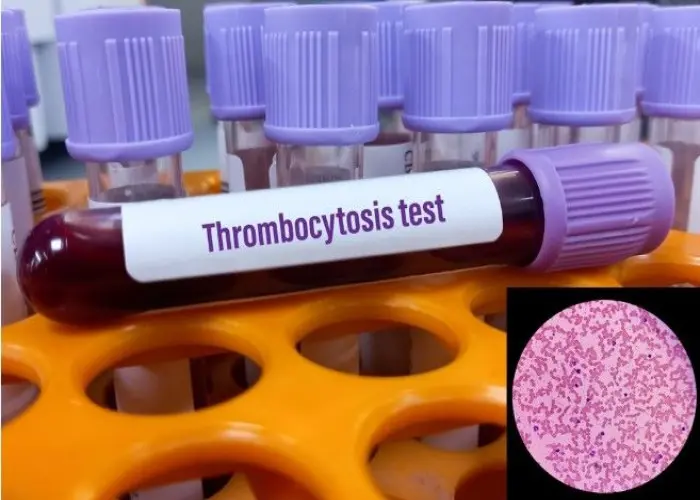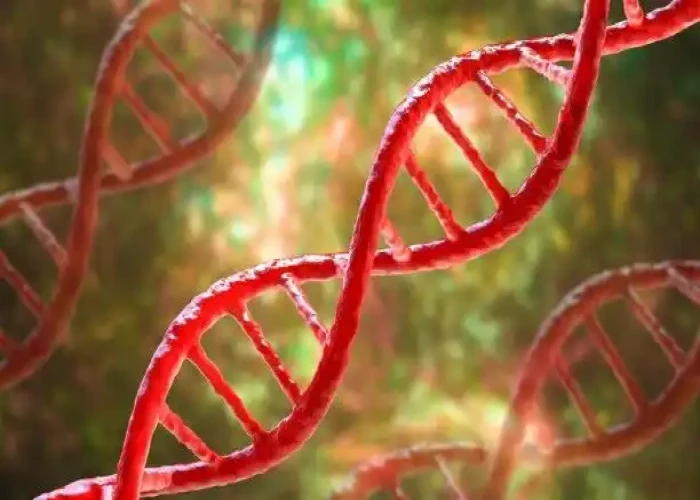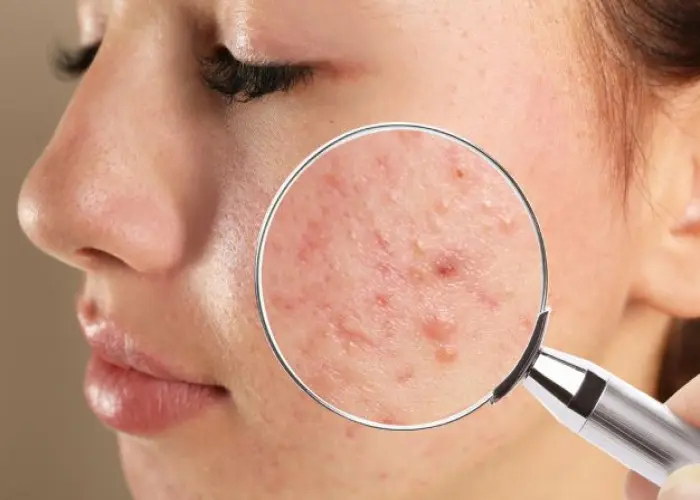 Welcome
Welcome
“May all be happy, may all be healed, may all be at peace and may no one ever suffer."
Essential thrombocythemia

Essential thrombocythemia is a type of blood disorder in which the body produces too many platelets, which are responsible for blood clotting. This condition is considered a type of myeloproliferative neoplasm, which is a group of disorders in which the bone marrow produces too many blood cells.
The exact cause of essential thrombocythemia is not known, but it is thought to be related to mutations in the DNA of bone marrow cells that produce platelets. Some people may inherit these mutations, while others may develop them spontaneously.
Symptoms of essential thrombocythemia can include abnormal blood clotting, which can cause strokes, heart attacks, and blood clots in the legs or lungs. Other symptoms may include weakness, fatigue, headaches, dizziness, and an enlarged spleen.
Treatment for essential thrombocythemia aims to reduce the risk of blood clots and other complications. This may include medications to control platelet production, such as hydroxyurea, interferon-alpha, and anagrelide. In some cases, blood thinners may also be used to reduce the risk of blood clots. Other treatments may include phlebotomy (removing blood from the body) or low-dose aspirin therapy. Regular monitoring and follow-up with a hematologist or oncologist are important for managing this condition.
Research Papers
Disease Signs and Symptoms
- Headaches
- Nose bleeding
- Leg pain
- Arm or Hand pain
- Tingling sensation
- Numbness
- Blurred vision of eye
- Fainting (syncope)
- Chest pain
- Dizziness (vertigo)
- Blood in stool
Disease Causes
Essential thrombocythemia
Essential thrombocythemia is a type of chronic myeloproliferative disorder. That means your bone marrow, the spongy tissue inside your bones, makes too many of a certain type of cell. In the case of essential thrombocythemia, the bone marrow makes too many cells that create platelets.
It's not clear what causes this to happen. About 90% of people with the disorder have a gene mutation contributing to the disease.
If an underlying condition such as an infection or iron deficiency causes a high platelet count, it's called secondary thrombocytosis. Compared with essential thrombocythemia, secondary thrombocytosis causes less risk of blood clots and bleeding.
Disease Prevents
Disease Treatments
Although there's no cure for essential thrombocythemia, treatments can control symptoms and reduce the risk of complications. Life span is expected to be normal despite the disease.
Treatment of essential thrombocythemia depends on your risk of blood clots or bleeding episodes. If you're younger than 60 and have had no signs or symptoms, you may simply need periodic medical checkups.
Your doctor may prescribe medication if:
- You're older than 60 and have had previous blood clots or TIAs
- You have cardiovascular risk factors, such as high cholesterol, high blood pressure and diabetes
Medication
Your doctor may suggest one of the following prescription drugs, perhaps along with low-dose aspirin, to reduce your platelet count:
- Hydroxyurea (Droxia, Hydrea.) This drug is the most common prescription used for essential thrombocythemia. Side effects may include nausea, hair loss, discolored nails, and ulcers in the mouth or on the legs. Long-term use may slightly increase the risk of developing acute myelogenous leukemia. But the disease itself increases the risk of leukemia, so it's difficult to determine the exact impact of hydroxyurea.
- Anagrelide (Agrylin). Unlike hydroxyurea, anagrelide isn't associated with an increased risk of leukemia, but it's not considered as effective. Side effects may include fluid retention, heart problems, headaches, dizziness, nausea and diarrhea.
- Interferon alfa-2b (Intron A) or peginterferon alfa-2a (Pegasys). These drugs are given by injection, and may cause worse side effects than hydroxyurea or anagrelide does. But it's the best choice for some people. Side effects may include flu-like symptoms, confusion, nausea, depression, diarrhea, seizures, irritability and sleepiness.
Emergency procedure
A medical procedure called plateletpheresis is used only in emergencies, such as after a stroke or other dangerous blood clotting. It involves passing your blood through a device that removes platelets and then returns the blood to your body. This temporarily lowers your platelet count.
Disease Diagnoses
Disease Allopathic Generics
Disease Ayurvedic Generics
Disease Homeopathic Generics
Disease yoga
Essential thrombocythemia and Learn More about Diseases

Turner syndrome

Acne

Diabetic ketoacidosis (DKA)

Scoliosis

Nightmare disorder

Body dysmorphic disorder

Prostate cancer

Hypoplastic left heart syndrome
essential thrombocythemia, এসেনশিয়াল থ্রোবোসাইথেমিয়া
To be happy, beautiful, healthy, wealthy, hale and long-lived stay with DM3S.
